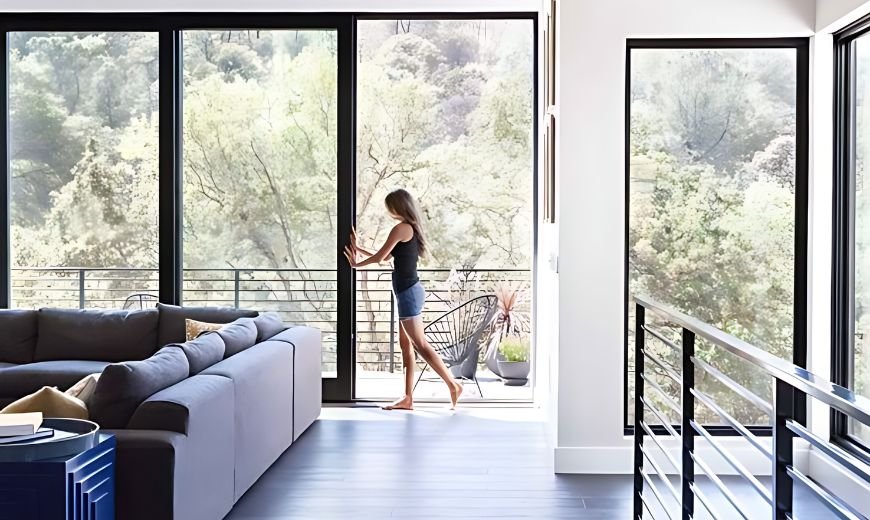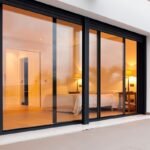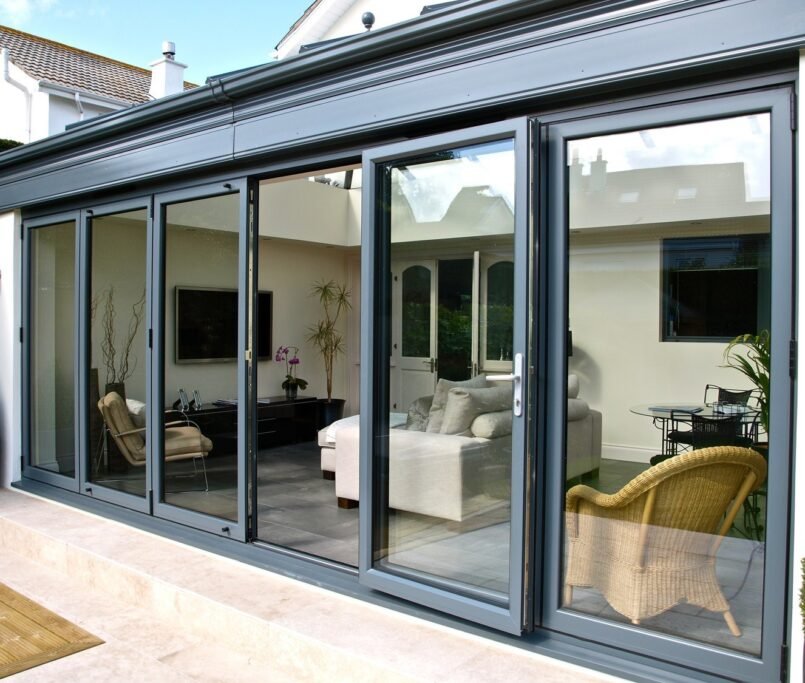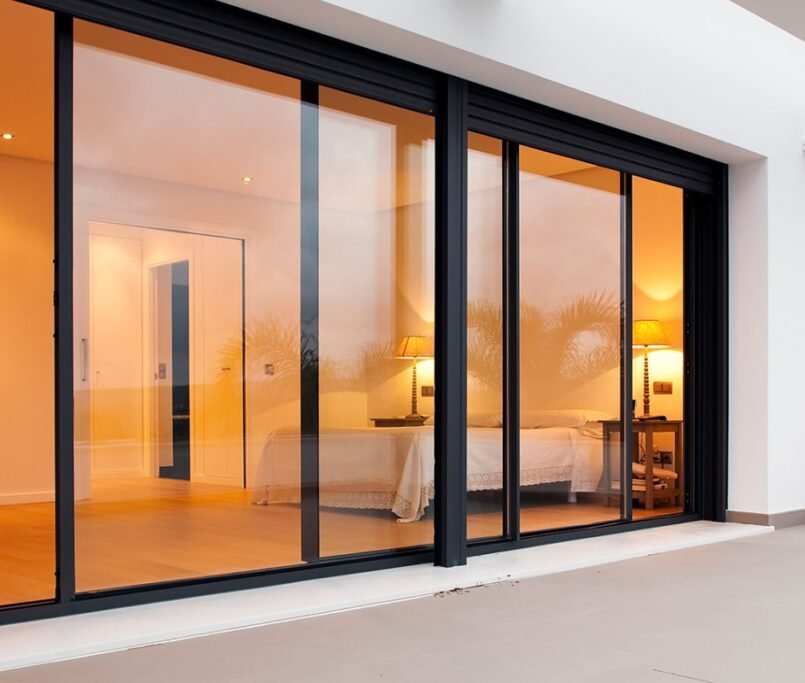A Comprehensive Guide to uPVC and System Aluminum Doors & Windows
“`html
Understanding uPVC Doors & Windows
uPVC, or unplasticized polyvinyl chloride, is gaining traction as a favored material for doors and windows among homeowners and builders alike. This surge in preference is rooted in several compelling properties intrinsic to uPVC, which make it an attractive alternative to traditional materials such as wood and aluminum. One of the primary advantages of uPVC lies in its exceptional durability. Unlike wood, uPVC is resistant to rot, corrosion, and pests, affording it an extended lifespan even in adverse climatic conditions.
Another key benefit of uPVC is its superior energy efficiency. uPVC doors and windows are designed to provide excellent insulation, minimizing heat loss during winter and keeping interiors cooler in the summer. This results in significant energy savings, making uPVC an ideal choice for eco-conscious homeowners. Furthermore, its low thermal conductivity contributes to a more stable internal temperature, enhancing overall comfort within the home.
Maintenance is another area where uPVC outshines its counterparts. Unlike wooden frames, which require periodic sanding, varnishing, and painting, uPVC frames demand minimal upkeep. Simple regular cleaning with soap and water suffices to keep them in pristine condition. This low-maintenance attribute is particularly appealing to busy homeowners who seek a balance between functionality and ease of care.
When it comes to aesthetics, uPVC doors and windows are available in a diverse array of styles and designs, catering to various architectural preferences and needs. From classic to contemporary aesthetics, the versatility of uPVC allows it to blend seamlessly with any home design. Moreover, advancements in manufacturing technology have led to an array of color and finish options, enabling homeowners to customize their installations to match their personal taste.
In terms of cost-effectiveness, uPVC is a highly economical option. Not only are the initial costs lower compared to materials like wood and aluminum, but the long-term savings on maintenance and energy bills further amplify its value proposition. Additionally, uPVC is recyclable, making it an environmentally friendly choice, aligning with the growing trend towards sustainable building practices.
While uPVC does have its potential drawbacks, such as a relatively lower resistance to very high temperatures and limited color flexibility compared to aluminum, the advantages it offers in terms of durability, energy efficiency, low maintenance, design versatility, and cost-effectiveness make it a go-to option for modern doors and windows.
“`
Exploring System Aluminum Doors & Windows
System aluminum doors and windows present a modern, sleek, and lightweight alternative to traditional building materials, making them highly attractive in contemporary construction. One of the primary advantages of aluminum is its remarkable structural integrity. Despite its light weight, aluminum boasts excellent strength and durability, making it an ideal choice for structural components that need to support large glass panes without cumbersome frames.
Flexibility is another key benefit of system aluminum. It can be easily shaped and customized for a wide range of designs and applications. This flexibility allows architects and designers to implement narrow sightlines, which maximize the glass area and create unobstructed views, enhancing the overall aesthetic appeal. Additionally, aluminum profiles can be anodized or coated with various finishes, including powder coatings, to match specific color schemes or provide additional protective layers.
Furthermore, aluminum is inherently resistant to corrosion, a feature that prolongs the lifespan of doors and windows even in harsh environmental conditions. This resistance reduces maintenance requirements and contributes to long-term cost savings. Moreover, the advent of thermal break technology has significantly improved the thermal performance of aluminum systems. By incorporating insulating barriers within the aluminum frame, these doors and windows drastically reduce heat transfer, increasing energy efficiency and helping to maintain indoor comfort across various climates.
While system aluminum doors and windows offer numerous benefits, several considerations are essential when choosing this material. The cost of aluminum can be higher than that of traditional materials like uPVC or wood. However, many argue that the long-term durability and reduced maintenance offset the initial investment. Installation can also be more complex, requiring specialized skills and equipment to ensure optimal performance and safety. Longevity and maintenance depend on the quality of the aluminum system and the treatments applied to the surface, making it crucial to select reputable manufacturers and installers.
By understanding these factors, builders and homeowners can make informed decisions, recognizing why system aluminum doors and windows are becoming increasingly popular in both residential and commercial applications.













